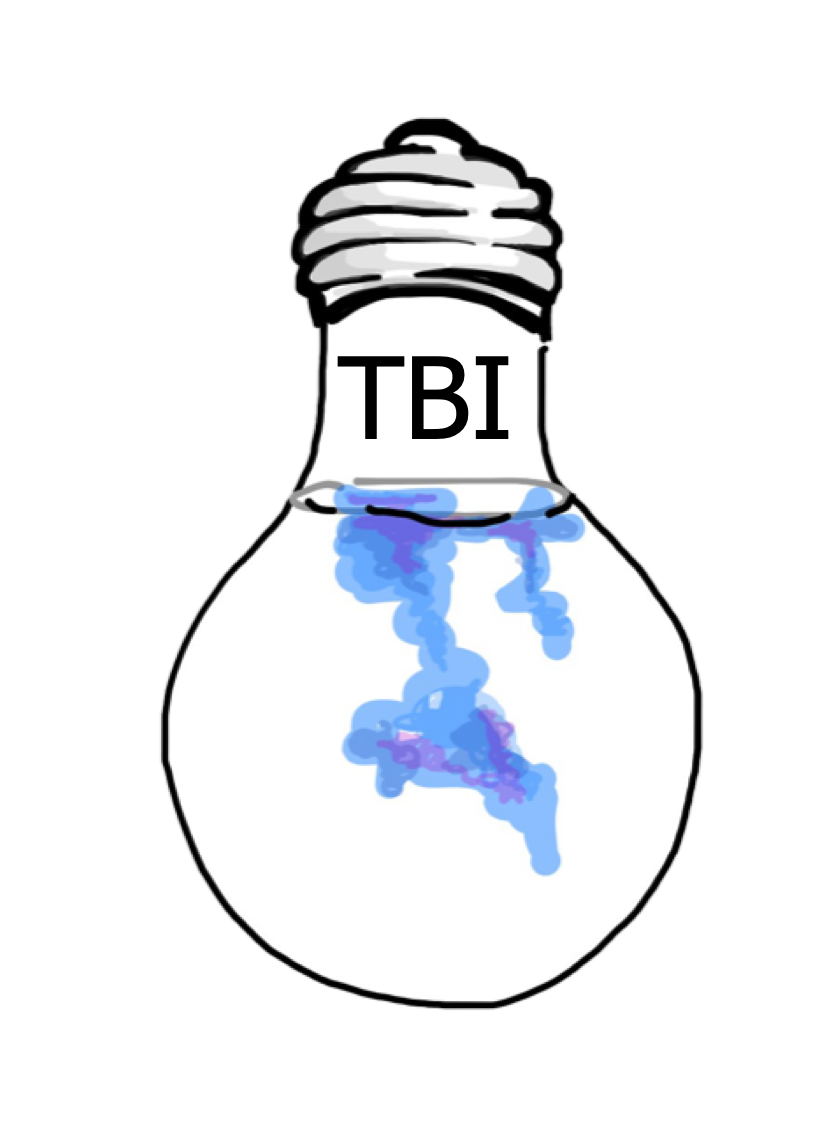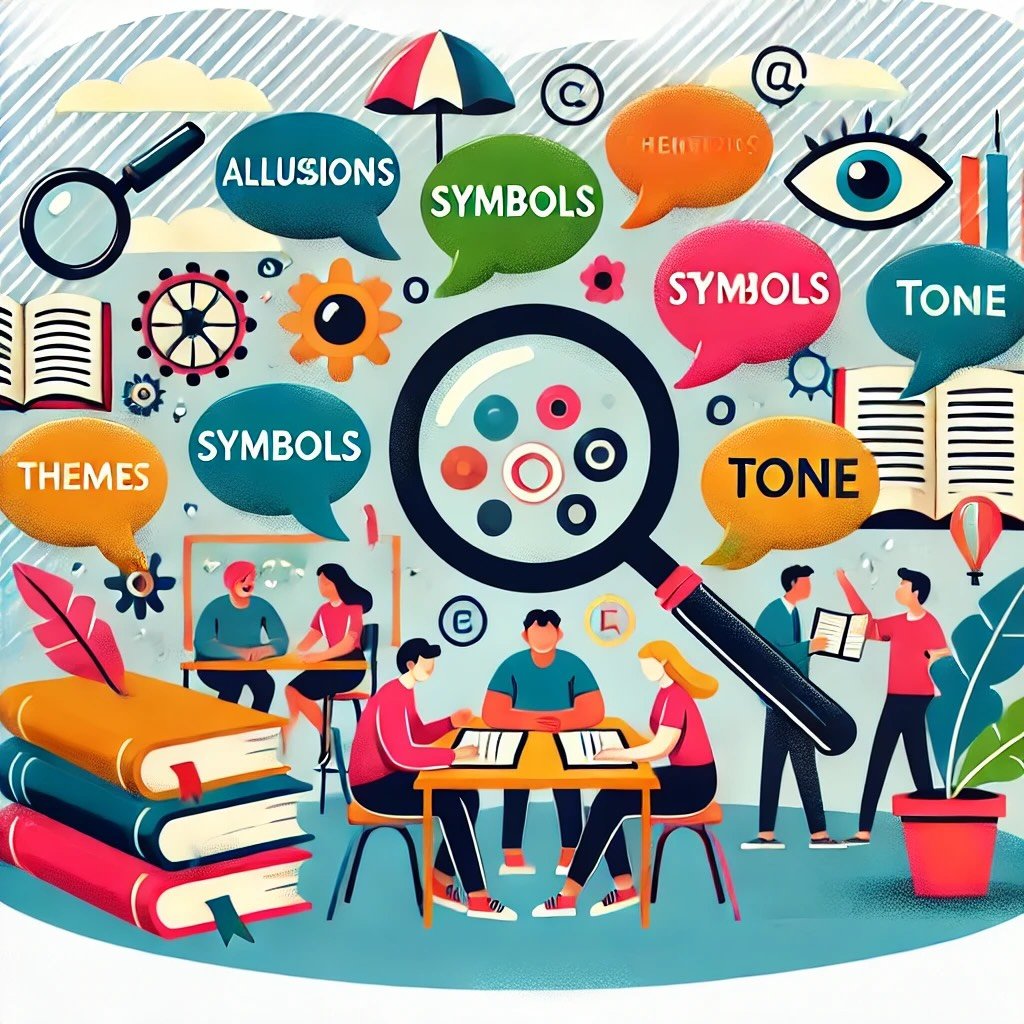Unlocking Deeper Meaning in Literary Analysis
Contribution by FLHS English Department
One of the most challenging tasks in English education is helping students move beyond simply identifying literary elements to understanding how these elements work together to reveal deeper meanings. This challenge sparked a journey for an English team, spanning three cycles of experimentation, reflection, and iteration. Through novels, classic epics, and poetry, the team aimed to help students navigate the complex world of allusion, symbolism, and tone to uncover the underlying themes authors embed within their works.
Cycle 1: Illuminating Allusions – Analyzing Ender’s Game
The team began its journey by tackling allusions in Ender’s Game. They recognized that while students could often identify allusions, they struggled to explain why an author used them. As teachers, making these connections was second nature, but they realized they needed to help students slow down and build their own bridges between recognition and understanding.
Using a detective analogy, they framed the lesson as a crime scene investigation, with the teacher as the “Chief Inspector” and the students as “constables” learning the ropes. The goal was for students to ask the right questions, just as a detective would: “Why did the author include this allusion, and how does it help us understand the story?” To guide students, the team created a think-aloud chart, modeled an analysis, and had students draft paragraphs that linked the allusions to the characters in the novel.
Results: Six out of ten students correctly identified and explained the historical context of allusions, but only one student effectively explained the author’s purpose in employing these references. The teachers learned that identifying an allusion was not enough—students needed more guidance in connecting these references to the deeper meaning of the text. The results indicated that while students could regurgitate facts, they needed more help making the leap to true analysis.
Cycle 2: The Siren Song of Symbolism – Navigating The Odyssey
For their second cycle, the team turned to Homer’s The Odyssey, a text rich in symbolism and conflict. They wanted students to explore Homer’s use of symbolism to reveal the deeper message behind the text. To engage students more creatively, they had them create posters that visually represented the characterization, conflict, and symbolism in the encounters with the various monsters in The Odyssey. This approach was intended to be more engaging than a traditional essay, offering students the chance to collaborate and visualize the connections between literary elements.
Results: While students excelled at illustrating characterization and identifying conflicts, many struggled with explaining the deeper meaning behind these conflicts and symbols. For instance, students could identify Odysseus’s battle with the Cyclops as human vs. monster, but only half could explain what the Cyclops symbolized or why this conflict was significant to the story’s larger themes. This indicated that while the strategy fostered creativity, clearer questions and expectations were needed to help students reach a more profound analysis.
Cycle 3: Exploring Tone through “Ode to a Nightingale”
In the final cycle, the team focused on John Keats’ Ode to a Nightingale, using tone as the key to unlocking the author’s purpose. Tone, they realized, inherently leads to a deeper understanding of theme, as it captures the author’s emotional perspective and intent. The lesson was designed so that students could collaborate to analyze individual stanzas, tracking the shifts in tone throughout the poem. Using a visual chart to represent these tonal shifts, students began to see how Keats used tone to convey the emotional depth of his work.
Results: While 8 out of 10 students could identify the tone, only 2 out of 10 successfully explained how the tone supported the theme of the poem. This revealed a gap in the approach—students could point out changes in tone but struggled to explain how these shifts deepened the meaning of the poem. The team also noticed that while students could identify literary elements such as imagery and diction, they often failed to tie these elements back to the author’s purpose.
Lessons Learned and Looking Ahead
Throughout these cycles, the team learned that while students could identify literary devices, they struggled to explain why authors used them. One of the key takeaways was the need to focus more explicitly on authorial intent from the beginning of each lesson. By explicitly teaching students to ask, “Why is the author using this technique, and how does it connect to the theme?” the team hopes to bridge the gap between identification and deeper analysis.
Moving forward, the teachers plan to integrate the concept of author’s purpose more consistently into daily lessons. They will also focus on providing clearer, more specific questions and models to guide students through their analyses. Additionally, the team will continue to explore creative approaches, like visual representations and collaborative projects, to make abstract literary concepts more tangible and engaging for students.

